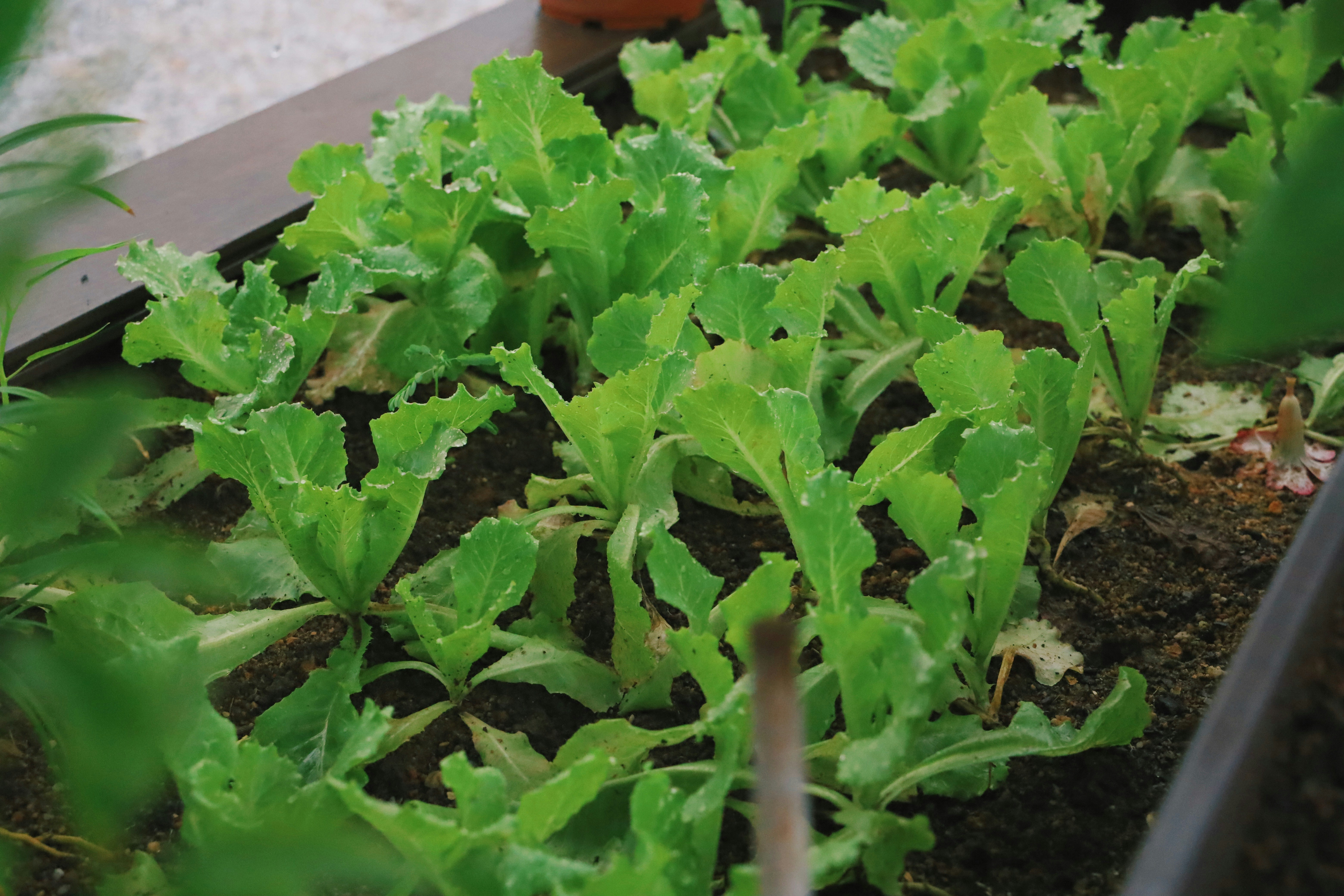Innovative Hydroponic Ideas for the Modern World
August 11, 2024 | by futurekits.inc@optonline.net
 Photo by Soliman Cifuentes on Unsplash
Photo by Soliman Cifuentes on Unsplash Introduction to Hydroponics: Definition and Benefits
Hydroponics is a progressive method of cultivating plants without the need for traditional soil, instead utilizing mineral nutrient solutions dissolved in water. This innovative approach is redefining agricultural practices in the modern era, enabling plant growth under controlled indoor conditions. Understanding hydroponics’ fundamental characteristics provides insight into why this technique is transforming urban farming.
One notable advantage of hydroponics is the accelerated growth rate of plants. By delivering nutrients directly to the roots in a controlled environment, plants can absorb essential elements more efficiently, leading to faster and more robust development. Consequently, hydroponic systems often produce significantly higher yields compared to conventional soil-based cultivation.
In urban settings, where space is often at a premium, hydroponics presents an invaluable solution. Vertical farming and compact indoor gardens can be established even in limited spaces, such as rooftops or balconies. This flexibility makes it feasible for city dwellers to cultivate their own fresh produce, promoting self-sufficiency and reducing dependency on a traditional supply chain.
Environmental sustainability is another compelling benefit of hydroponics. The method typically uses up to 90% less water than traditional soil farming since water is recirculated within the system, minimizing waste. Additionally, the controlled environment significantly reduces the need for chemical pesticides, leading to healthier produce and a lower ecological impact. By curbing water consumption and pesticide use, hydroponics aligns with global initiatives focused on sustainable and responsible farming practices.
The increasing popularity of hydroponics in contemporary agriculture reflects a collective shift toward efficient and sustainable farming solutions. This method enables the cultivation of crops in environments previously considered unsuitable for agriculture, contributing to food security and productivity. Incorporating hydroponics into modern agricultural paradigms offers promising prospects for the future of food production, emphasizing both environmental stewardship and urban inclusion.
Innovative Hydroponic Systems: Techniques and Designs for Modern Applications
Hydroponic systems have revolutionized agriculture by enabling efficient cultivation of plants without soil. Among the most notable techniques is the Nutrient Film Technique (NFT), which involves a thin stream of nutrient-rich solution flowing continuously over the plant roots. This method optimally oxygenates the roots and consistently provides the essential nutrients, making it particularly effective for leafy greens like lettuce and herbs. Its minimalistic setup is highly suitable for commercial greenhouses and urban agricultural projects where space efficiency is paramount.
Deep Water Culture (DWC) represents another significant hydroponic approach. In DWC, plant roots are submerged in an oxygenated nutrient solution, ensuring constant access to water and nutrients. This method fosters rapid growth and can support a variety of plants, ranging from leafy vegetables to certain fruits like strawberries. Its straightforward design and scalability make DWC ideal for both commercial use and personal home gardening systems.
Aeroponics pushes the boundaries of hydroponics by suspending plant roots in the air and misting them with a nutrient solution. This technique maximizes aeration and nutrient absorption but requires precise control of environmental conditions to prevent root desiccation. Aeroponics is best suited for high-value crops and environments where resource efficiency and rapid growth are prioritized. It is increasingly being adopted in space-saving vertical farms, which capitalize on its ability to grow plants in compact, multi-layered structures.
Vertical farming leverages innovative designs to stack multiple layers of crops within a controlled environment, significantly increasing yield per unit area. By integrating various hydroponic techniques such as aeroponics and nutrient film systems within vertical structures, urban agriculture can thrive even in densely populated cities. This method is particularly effective for growing leafy greens, herbs, and microgreens, offering an efficient solution to meet the rising demand for fresh produce in urban settings.
Emerging technologies are continually advancing hydroponic systems. Automation and Internet of Things (IoT) integration enable precise monitoring and management of hydroponic environments, ensuring optimal growing conditions with minimal human intervention. Additionally, sustainability practices like water recycling and renewable energy utilization are becoming integral to modern hydroponic systems, reinforcing their role in sustainable agriculture. These advancements are propelling hydroponics into new frontiers, fostering innovation and efficiency in the agricultural sector.
RELATED POSTS
View all


